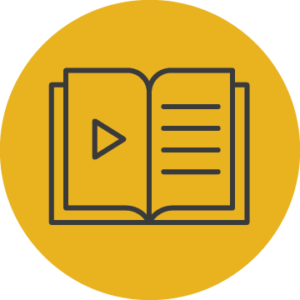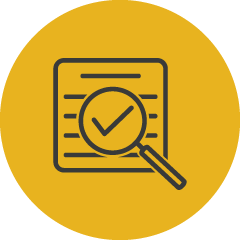
Opinions expressed in AGB blogs are those of the authors and not necessarily those of the institutions that employ them or of AGB.
Bowling Green State University (BGSU) in Ohio hosts foundation and alumni board meetings three times per year. Before the university adopted board management software, it followed a manual preparation process.
Sarah Brokamp, BGSU special assistant to the vice president for university advancement, says it took almost a month to request, compile, and prepare final documents for each board’s review. “We were dependent on when materials could be ready,” she says. “Do you send the majority when you have them and then wait for those stragglers as they become available? Is the PDF we sent [to board members] the same as what we mailed them, and which one’s the new one? It was a struggle.”
Additionally, Brokamp had to inform board members of any last-minute content changes before the meetings if they occurred after board books were complete. Eventually, BGSU’s boards, which include 30 members on the foundation board and 20 more on the alumni board, decided to adopt a board management software platform that streamlines information in one central hub. Brokamp says this saved her significant time when preparing materials for board meetings. “It now takes me half the time it used to,” she adds.
Streamlining Board Books
In addition to the regular board meetings, Brokamp also prepared information and materials for five subcommittees, trustee joint committees, and a full-board plenary session.
BGSU’s Board of Trustees, Foundation Board, which is the largest of the board committees within BGSU, Alumni Board, and the College of Business utilize the AGB OnBoard portal for organizing documents, building agendas, and tracking financial decisions, among other tasks. In addition to the time savings Brokamp mentioned, use of AGB OnBoard significantly reduced the amount of follow-up requests from board members after she made the board packet available on the portal.
Previously, members would contact Brokamp to say they didn’t receive an email or to ask her to send an updated board book via email. Now, board members can easily locate the most current documents in a central space.
“Not that I mind members reaching out, but I now get so fewer requests for information,” Brokamp says. “Because they know now, if they have a question, if there’s something they’re looking for or they want the latest [document], they just go to AGB OnBoard and look it up themselves.”
Training Members to Use a Digital Platform
To provide support for such a diverse group of university boards, administrators need to be aware of each board member’s capability and willingness to use technology they haven’t used in the past.
According to Brokamp, some board members had used board management software in previous board roles and adapted well to the digital platform. Others were initially hesitant but adapted easily once they tried it. Still others informed Brokamp they preferred she continue to send board packets via email.
“It probably took about a year for those who were hesitant to embrace the digital platform, but they have adopted it since,” she says. “I would say we’re at 100 percent now.”
All boards receive the most up-to-date and accurate information in a timely manner, and everything is easily accessible in a digital platform members can review from anywhere, at any time. The software also significantly reduced printing costs.
“We did have a handful of members who requested we print the full packet and mail it to them,” Brokamp says. “When we were holding in-person meetings prior to COVID-19, we would print the materials again and have them at each of their meetings. We continued doing that for the first couple of meetings (after adopting AGB OnBoard), but now we’re at a place where we don’t print anything.”
Secure Information
Brokamp explains that the BGSU Foundation Board is the privately funded financial arm of the university. “We inspire alumni and friends to become donors and assist in the collection of philanthropic resources for the benefit of the university,” she says. “The alumni board’s focus is alumni engagement.”
Both boards handle sensitive financial information from university donors and alumni. Brokamp notes that the AGB OnBoard platform’s encryption and other safety features keep the information secure and accessible, with no need to email information to board members.
Greater Efficiency and Engagement
Now, board members access the AGB OnBoard portal to find information from previous meetings as they need it, instead of asking Brokamp to track down those items.
Since adopting AGB OnBoard, the multiple BGSU boards Brokamp supports can now:
- Cut board book creation time in half and go paperless
- Provide more accurate, secure data from a central hub
- Boost member engagement via easier document access
“Not only can I see and log in to the foundation board and alumni board portals, but I have access to the Board of Trustees portal as well,” Brokamp says. “And everything is in one spot, which is really convenient.”
With AGB OnBoard already in place at BGSU before the pandemic, conducting virtual meetings and making materials available online for each board was easier, Brokamp notes. This allowed the boards to do their work more effectively and set them up for future success, she adds.
“Already having this online component, where members don’t have to be in-person to receive the same materials, has made things so much easier,” she says. “We are able to pivot to this new way of meeting and not miss a beat.”
Matt Maxwell is senior consultant, AGB OnBoard.
RELATED RESOURCES

Trusteeship Magazine Article
Harmonizing Strategic and Academic Planning in Higher Education


